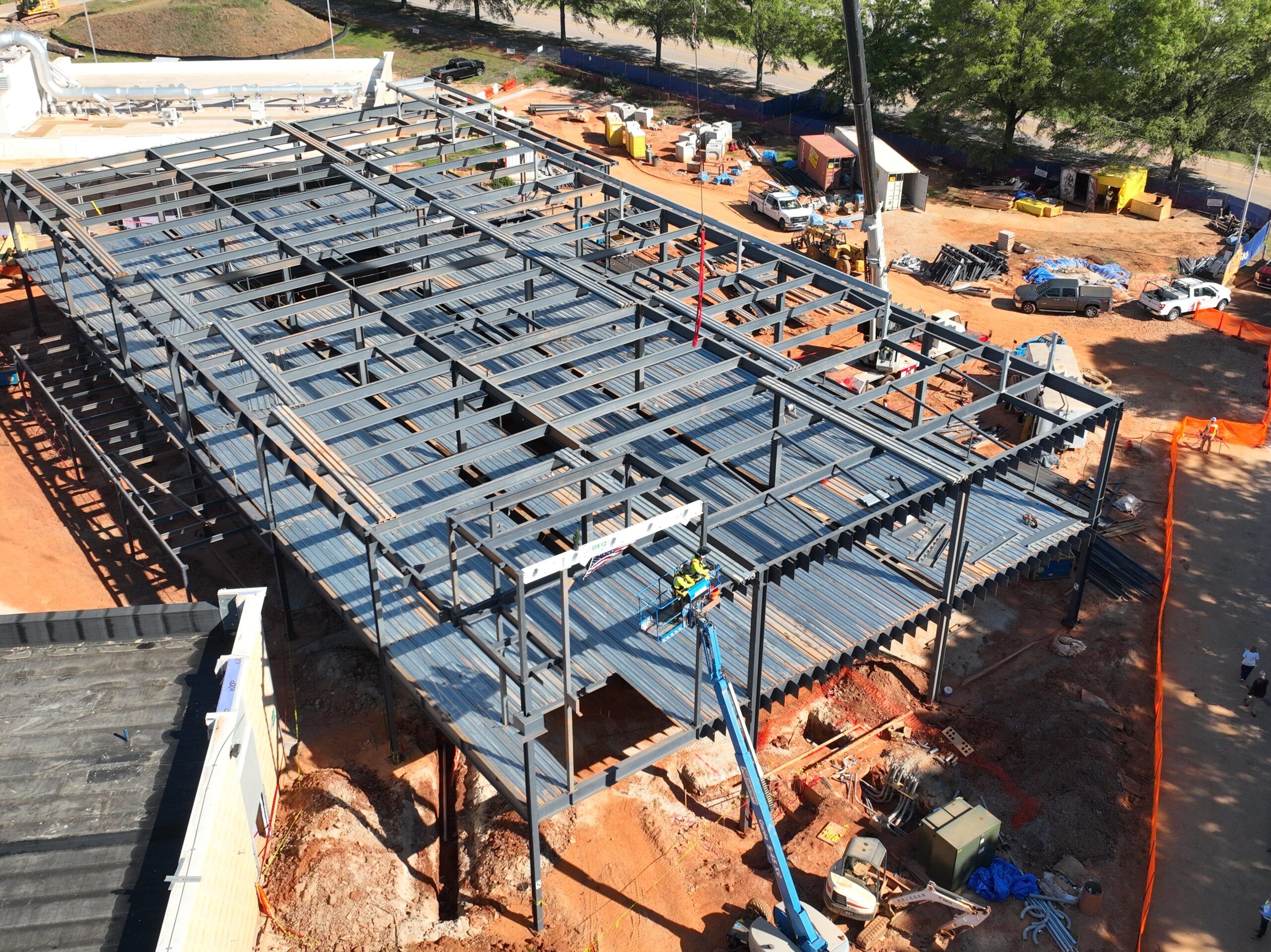Electrical retrofitting is more than just a technical term. It is a transformative process that replaces or upgrades outdated electrical equipment with efficient, advanced systems in existing buildings. With technological innovation moving at an unprecedented pace and new power solutions continually being adopted, this field has become a vital cog in the machine of modern infrastructure development.
Its importance lies in improved safety, enhanced energy efficiency, and the technological update it brings to the buildings. Given our societies’ growing dependence on electric power and the unexpected energy challenges accompanying this rise, retrofitting is emerging as a necessary strategy to maintain modern structures.
This article provides an in-depth understanding of electrical retrofitting. We’ll examine a timeline of the evolution of electrical systems, delve into the financial aspects associated with retrofitting, and explore how this method paves the way for sustainable and cost-efficient buildings.
Evolution of Electrical Systems in Buildings
Electrical systems have mirrored technological progress. Simple circuits from the 1800s have evolved into complex structures supporting today’s demands. Modern systems prioritise eco-friendliness, safety, and efficiency. Regular electrical renovations are crucial, and retrofitting is key in keeping buildings up-to-date.
Insight into Electrical Retrofitting
Electrical retrofitting, or electrical renovation, addresses outdated energy-draining systems. It upgrades wiring, circuits, lighting, and the entire electrical infrastructure. This translates to:
- Enhanced Safety: Reduced risk of fires and accidents from old systems.
- Improved Efficiency: Lower energy bills due to optimised consumption.
- Reduced Maintenance Costs: Newer, reliable components minimise frequent repairs.
- Minimal Downtime: Unlike system overhauls, retrofitting allows for continued building operation.
Electrical Retrofitting and Sustainability
The relationship between electrical retrofitting and sustainability is symbiotic. Retrofitting promotes sustainability by:
Energy Savings: Up to 50% energy reduction is achievable, minimising resource usage and carbon emissions.
Green Technology Integration: Electrical renovations can incorporate green technologies, further promoting resource conservation.
Financial Implications of Electrical Retrofitting
Electrical retrofitting involves an upfront investment but offers long-term cost savings through the following:
- Reduced Energy Bills: Lower energy consumption leads to significant financial benefits.
- Lower Maintenance Costs: Fewer repairs due to reliable new components.
- Potentially Lower Insurance Premiums: Updated safety systems may qualify for lower premiums.
- Financial Incentives: Some regions offer subsidies to encourage retrofitting.
The Future of Electrical Retrofitting
The future of retrofitting is intertwined with technological advancements and sustainability. The rise of smart technologies like smart-grid-capable equipment, IoT devices, and energy-efficient systems indicates a promising future for retrofitting.
Modern retrofitting enhances energy efficiency and gradually paves the way for automated, smart buildings. This approach is set to play a significant role in sustainable infrastructural development, with electrical renovation being the need of the hour.
The predictive analysis indicates that retrofitting initiatives will scale given the increased awareness about energy conservation, growing environmental concerns, and market innovations driving down retrofitting costs.
Conclusion
Retrofitting is not just a buzzword in electronic renovations; it’s an investment in the present and the future. This article aimed to underscore the importance of electrical retrofitting, its financial and environmental benefits, and how it’s redefining the standards for modern buildings.
Present-day benefits include improvements in a building’s safety and energy efficiency, while future advantages regard the incorporation of smart systems and further energy-saving opportunities. Therefore, building owners and facility managers should seriously consider retrofitting as the way forward.
Future-oriented, cost-effective, and sustainable—that’s the promise electrical retrofitting extends to contemporary architecture.











